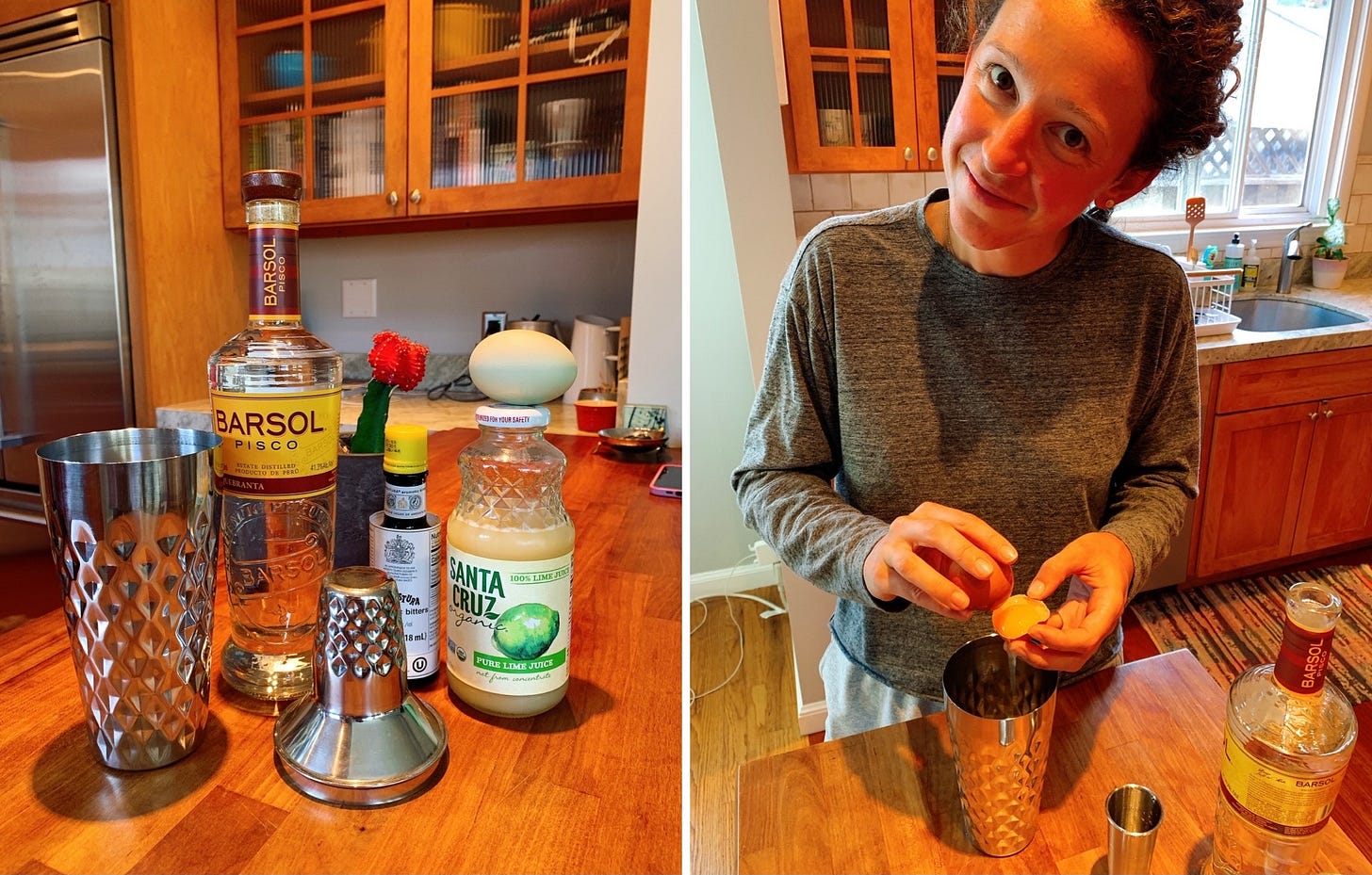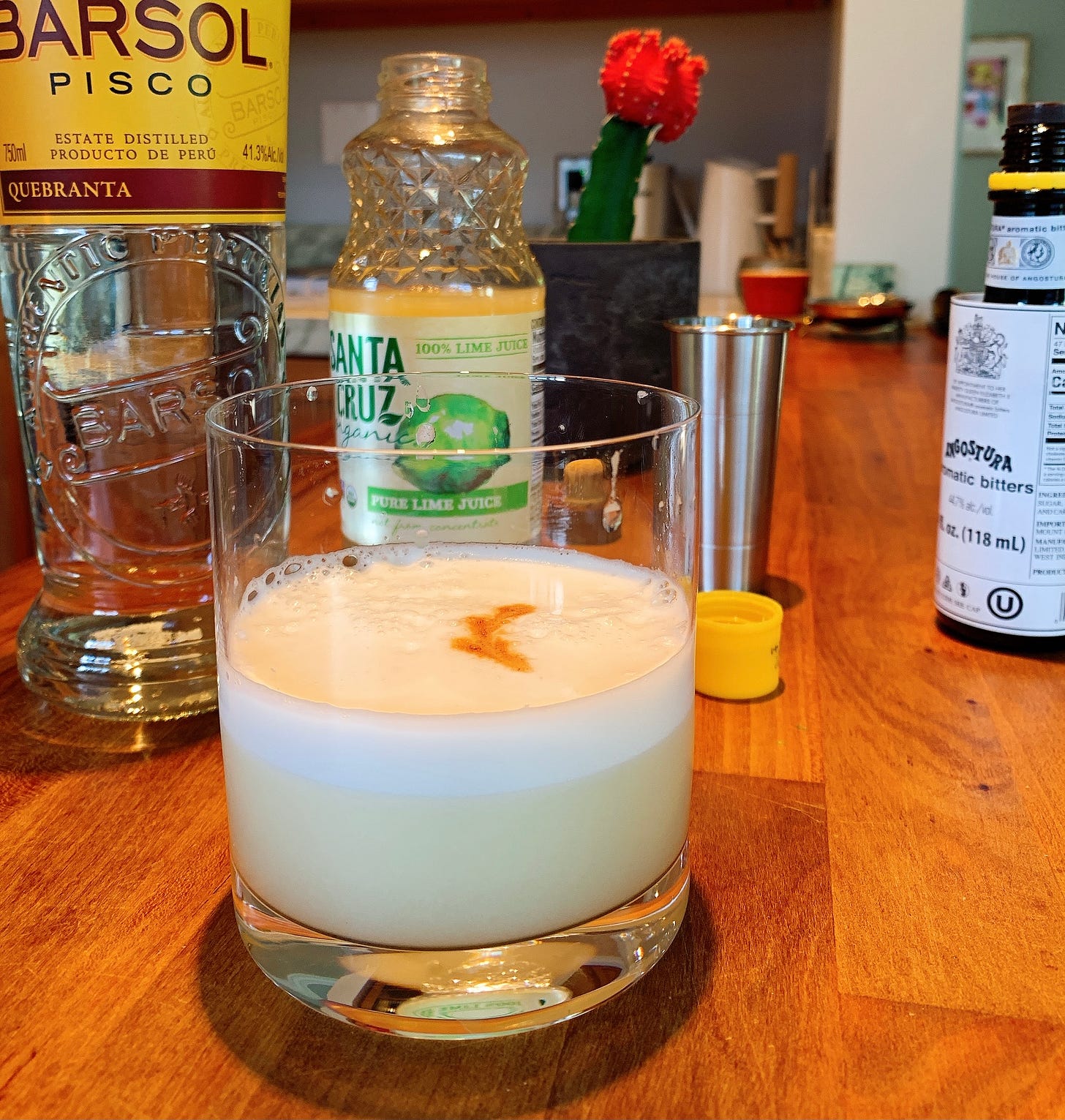When I was growing up, our house had a cavernous and old basement. In that basement there were a number of food-related oddities. There was a floor-to-ceiling wooden shelving system built to hold our bulk food purchases (big Costco family). It’s also where my mother stockpiled food and water for Y2K (we would have lived well into the apocalypse). There was an industrial-sized freezer, the type of freezer where bodies are hidden in your favorite dark comedy (Netflix’s Dead to Me, anyone?).
And there was an old refrigerator used to house forgotten cake and forty-eight eggs (again, Costco) and old beer. The beer was inevitably old because my parents never really drank beer when we were growing up. This was the beer from and for dinner party guests, family reunions and other gatherings. I’m not sure that anyone ever knew what was actually in that refrigerator (which turned out to be a real boon during high school). I do, however, have a strong memory of there always being a few bottles of O’Doul’s hidden somewhere in the back.
O’Doul’s is a non-alcoholic beer developed by Anheuser-Busch that debuted nationally towards the end of 1989. Anheuser was eager to expand into a growing health-conscious market after the wildly successful Miller Lite released nearly two decades earlier. A former industry analyst noted at the time that “this trend, it makes no sense to me. I am baffled, in all honestly, I can’t see it.” In an Oklahoma newspaper, he describes the taste as “god awful.” That is my recollection as well after pulling one out of that musty basement fridge for the first time. Like Bob Weinberg, our discerning critic, I couldn’t see the vision. Beer without alcohol that tasted like syrup? I didn’t get it.
Bob Merz, the original manager for O'Doul's, contends in that same 1990 Tulsa World article that health-conscious adults, a growing segment of the market, were more likely to reach for a non-alcoholic beer than a soft drink or juice. Bob M. may have just been a few decades ahead of his time given that non-alcoholic beer saw a massive 38% surge in sales in 2020. Granted, it still only made up 0.5% of US beer sales, which were down 3% for the year.
In stark contrast to that drop in sales were the headlines coming out of the NYT this past year, which would have led you to believe we were collectively spiraling into an alcohol-induced hellscape — headlines like Could All Those ‘Quarantinis’ Lead to Drinking Problems?; Mother’s Little Helper Is Back, and Daddy’s Partaking Too; and Happy? Sad? Stressed? How Drinking Became the Answer to Everything. It turns out that the NYT may have been onto something. While beer sales were down, alcohol consumption was on the rise, especially for women and parents of young children. A number of recently published studies confirm this understanding — like this one and this one and this one.
I am neither a woman, nor the parent of small children; although, I too, drank far more regularly this past year than in years past. I wasn’t drinking a lot but I was drinking often. A beer after work became a daily ritual. The walk to peruse the craft beer selection at the local grocery store was a weekly reprieve. It’s a habit that’s proven hard to kick, and one that’s made me question the Dietary Guidelines for Americans, which define moderate drinking for men as two drinks per day (in 2020, the committee’s proposal to cut that recommendation in half was rejected).
To be honest, I hadn’t thought about non-alcoholic beer since high school, until a friend brought a six-pack of it to our recent July 4th barbecue. Although the branding (and the taste) have improved significantly over the years, it brought me right back to my parents’ basement, where I guarantee the labels continue to slowly peel away from a few bottles of O’Doul’s in the back of their fridge. Out of curiosity, I tried a sip before returning to my New England IPA. I still didn’t quite understand the appeal.
But four of those six beers remained unopened and left behind. Some housewarming gift, I thought. Although the next night, I took one out of the fridge instead of that IPA. And then again the night after that. That weekend, I picked up two more six packs of non-alcoholic beer from Whole Foods. Not only did I enjoy the taste but I enjoyed drinking less alcohol for the first time in a while. I was waking up feeling marginally more refreshed than weeks and months past. Interestingly, one of the reasons why non-alcoholic beer is such an effective replacement is that your body associates the flavor and smell with full-strength beer, leading it to produce dopamine. So after all these years, I think I’ve finally gained an appreciation for non-alcoholic beer, not to mention what may have been the best housewarming gift of all.
But after three weeks of very little alcohol, it’s time for a proper cocktail. We might as well throw an egg white into the mix to make it feel like a real cocktail bar. You may need to scour the shelves for this particular liquor, a colorless brandy produced in Peru and Chile called Pisco but it’ll be worth it.
(Alcoholic) pisco sour
Ingredients
2 ounces pisco
1 ounce lime juice
1/2 ounce simple syrup
1 egg white
Angostura bitters
Step 1. Throw everything into a cocktail shaker and shake for 15 seconds with no ice. This is called a “dry shake” and allows the egg to form foam without being diluted. If you don’t have simple syrup, you can make some in about 5 minutes.
Step 2. Add ice and shake for another 30 seconds.
Step 3. Pour into a glass, pop in three small drops of bitters — use a toothpick to connect the drops if you’re feeling fancy — and enjoy (responsibly, of course).




